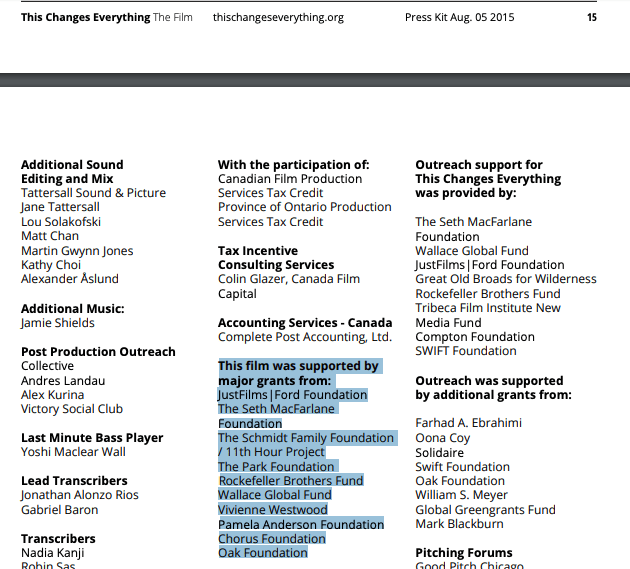Nov 26
20200
Bill & Melinda Gates Foundation, Bloomberg Philanthropies, Foundations, Pacifism as Pathology, Rockefeller Foundation
"biosecurity" 5G Bloomberg CommonPass Emerging Markets Eric Schmidt Fourth Industrial Revolution Gates Foundation Geofencing Great Reset Green New Deal human capital bond markets Imperative21 Rockefeller Foundation UN Sustainable Development Goals (SDGs) World Economic Forum
Presentation: Biometric Health Passports and The Panopticon
November 24, 2020
Independent researcher Alison McDowell: “In early November 2020, I presented to a group in upstate New York that has been organizing in opposition to Governor Cuomo’s proposed vaccine mandate for all residents. This talk is about the Fourth Industrial Revolution and the World Economic Forum’s “Great Reset” and how this agenda is linked to the adoption of CommonPass heath passports and the creation of a global biosecurity state to scale human capital bond markets. These markets are built on manufactured poverty and social impact investing schemes aligned with the United Nations Sustainable Development Goals.”


























































